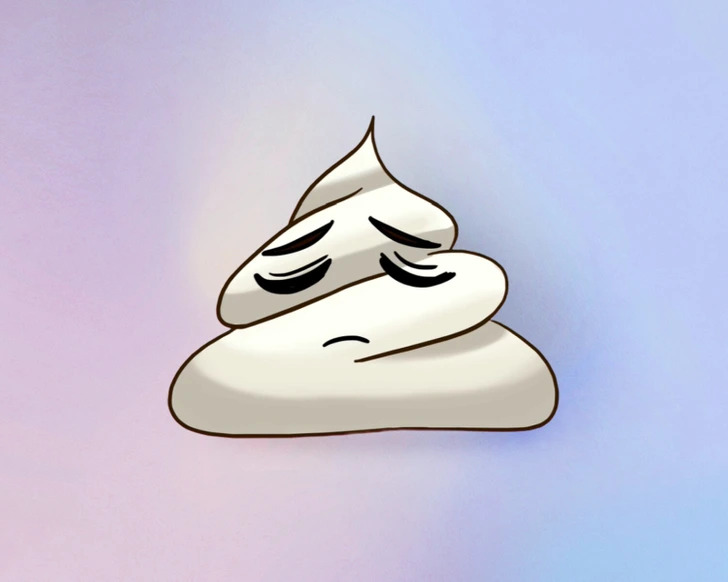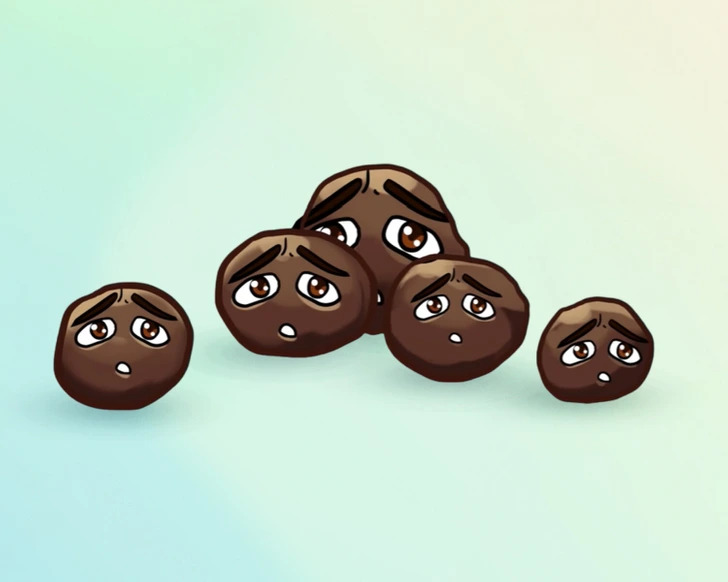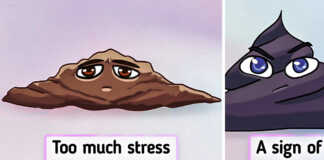When it comes to maintaining optimal health, we often underestimate the invaluable insights our body provides through its unique forms of communication. One such frequently overlooked aspect is the examination of our stool. Although it might not be our favorite topic of conversation, today, we’ll explore why paying closer attention to this bodily function is of paramount importance.
Mysterious Black Stool
Black stools can be linked to the consumption of dark-colored foods or beverages like beetroots or iron supplements. On the other hand, they could also signal potential bleeding in the upper gastrointestinal tract.
When your stool is not only black but also emits an unpleasant odor, it should raise concerns about underlying health issues, including conditions like peptic ulcers, gastritis, inflammation, or colon polyps.
In such cases, seeking immediate medical advice is crucial, and your healthcare provider may recommend diagnostic procedures such as endoscopy or colonoscopy to pinpoint the source of the problem.
The Puzzling Yellow Stool
The natural brown hue of stool results from the presence of bilirubin and bile. Bilirubin is produced in the liver, originating from the breakdown of red blood cells, and it combines with bile in the gallbladder. This bilirubin-bile mixture eventually enters the intestines, where gut bacteria break it down and expel it through feces or urine.
While a diet rich in fats can often lead to yellowish stools, their coloration can also be associated with various health concerns. These encompass liver and gallbladder disorders, pancreatic problems, celiac disease, Gilbert’s syndrome, giardiasis, high-stress levels, and an unhealthy diet, as experts suggest.
The Curious Reddish-Yellow Stool
The presence of red-colored stool can indeed be perplexing and cause worries. While it can occasionally be attributed to consuming red-colored foods or products containing dyes (such as Pepto-Bismol with bismuth), it could also indicate bleeding in the lower gastrointestinal tract.
This type of bleeding might be linked to various factors such as hemorrhoids, colon fissures, intestinal inflammation, or bleeding originating in the stomach or intestines.
If you notice bright red streaks on toilet paper or within the toilet bowl, especially in conjunction with pain or itching, it is more likely associated with hemorrhoids or anal fissures. In some cases, it may be a consequence of intestinal inflammation.
However, if red stools are accompanied by symptoms like fever and a general sense of discomfort, or if the blood appears clotted or granulated like coffee grounds, experts advise seeking immediate medical attention, as these symptoms could indicate internal bleeding within the digestive tract.
The Enigmatic Green Stool
If you’ve ever been surprised by a sudden touch of green in your stool following a trip to the restroom, rest assured, you’re not alone. Stool color can naturally fluctuate from one day to the next, reflecting the ever-changing dynamics within your body. But what factors contribute to these variations?
The consumption of green-hued foods, such as broccoli, kale, and spinach, is the most likely cause of passing green stools. This green coloration is attributed to chlorophyll, a natural pigment in these vegetables that can tint your stool.
Antibiotic use can impact your digestion and lead to changes in the color of your stools. This is because antibiotics can disrupt the balance of bacteria in your digestive system, potentially causing your stool to appear greenish. Moreover, certain medications can irritate your stomach, leading to diarrhea that may have a greenish hue due to the presence of bile.
Changes in the color of your stool may indicate the presence of an infection or underlying health issue. A greenish tint in your stool could indicate a bacterial, viral, or parasitic infection, potentially causing a rapid passage of intestinal contents and unabsorbed bile. In such instances, these substances may not be adequately absorbed in the intestines, producing green or watery stools.
The Alarmingly White Stool
Stools that appear white or clay-colored are uncommon and can indicate a severe health issue. This discoloration occurs when the liver fails to produce bile or when bile does not flow into the small intestine to aid in the digestion of food. Bile, an essential digestive fluid generated by the liver and stored in the gallbladder, typically imparts the stool with its normal brown hue during digestion.
Conditions affecting the liver, such as hepatitis or cirrhosis, could potentially lead to the development of white stools. Moreover, specific medications and substances, including barium used in digestive tract X-rays and certain antacids containing aluminum hydroxide, may also alter stool color.
When white stools are observed, it is crucial to seek prompt medical attention to determine the underlying cause.
The Ideal Soft and Smooth Stool
A healthy stool typically exhibits a cylindrical shape resembling a sausage, roughly the width of a banana, and measures between 4 to 8 inches in length. When flushed, it should retain its form while containing an appropriate balance of water and nutrients. Ideally, the consistency is akin to soft ice cream.
Additionally, maintaining a healthy and regular bowel system implies having a bowel movement at intervals ranging from one to three days.
The Concerning Hard, Pellet-Like Stool
When your stool appears tiny, and firm and resembles pellets, it’s likely an indication of constipation or infrequent bowel movements. This condition typically arises due to a diet lacking fiber, along with other factors like insufficient hydration and physical inactivity.
Additionally, constipation can be triggered by specific medications or underlying medical issues that impact normal bowel function.
Achieving perfect, 100% health may be elusive, but dedicating time to self-care remains invaluable. It’s essential to remember that certain habits we often view as beneficial can actually harm our well-being.
Preview photo credit GENIAL / YouTube















